Iași
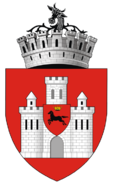
Iași is the second city in Romania for a number of residents (371.889) but also in cultural, historical and academic terms since it hosts the second largest university centre. The city of Iasi is an important development and economic growth pole within the NorthEast region of Romania. The international airport located in Iasi assures the connectivity with more than 20 European cities, creating in this way the opportunity to work and organize transnational meetings with the interested stakeholders. Regarding the proposed theme of the project, there are many specialists on urban development and legal issues interested in getting involved in policy documents and urban planning for tools that illustrate ways to develop urban common assets.
The background
The city of Iași approached Civic eState from a place of curiosity and a willingness to learn from cities with more experience.
As “learning city” of Civic State Transfer Network, the aim was to understand how the local context could be adapted for better use of urban assets, local goods while at the same time involving the community and other stakeholders. Commoning and urban commons were quite an innovative approach to governance, being the first time the city was facing this kind of challenge. Therefore the city’s aim was to improve the degree of awareness and stimulate the participation of citizens in the use and governance of the civic patrimony. There were no previous experiences with co-governance but still, there was a highly motivated team and available assets making Iași a city with great potential.
Here you can download the complete transferability study to better understand the opportunities and barriers that Iasi had to face.
1. The starting point
A new major took office while the Civic eState project started therefore it was crucial to find creative solutions to keep the interest high. Furthermore, due to a lack of previous experiences on the topic, there were more challenges that had to be addressed.
In the first place, the difficulty of engaging civil society in debates regarding co-governance. In the second place, given the absence of similar past experiences, the legal framework posed several barriers for the creation of private-public-community partnerships. Lastly the individuation of the potential assets. The building that was chosen was not available; it needed renovation works. Furthermore, there were difficulties in finding adequate financial resources to support the previously mentioned works. In order to carry out the project, it was necessary to identify all the key stakeholders, deepen the knowledge in relation to legal frameworks that regulate the urban commons and their co-governance, and finally to design adequate tools in order to measure the impacts of the transfer journey.
Here you can download Iasi’s complete transfer plan.
2. Transfer journey
The main objectives of the journey were to:
- Find ways, based upon the best practices of the most expert cities, to valorise the urban assets.
- Develop an adequate normative framework in relation to common goods and their co-governance since the city of Iasi did not have a definition of “common goods” and did not have a conceptual and practical framework, supporting the community use and management of municipal public assets.
- Find innovative solutions to involve communities in commons oriented projects.
- create the conditions for the activation of an urban space.
At first, the team was able to only involve representatives of different departments of the local authority but eventually received more support. At the start point, the local public authority assumed a very proactive role and began to initiate a dialogue with local stakeholders - NGOs, private actors (representatives of the IT sector), schools, and universities - and tried to give a structure to a ULG (Urbact Local Group). It was not an easy job as it took a while to have a reaction from these actors. The different representatives of the public sector have been involved by internal discussions between departments of Iasi Municipality, while the private sector representatives, the schools, the universities, and the NGOs have been involved gradually with individual discussions. This communication work went well, creating a good dialogue framework, between these 4 categories of stakeholders. The ULG then began to discuss the topics of commons and co-governance and how the local policy and legal framework had to be adapted to fully put into practice these concepts. This process went very well and led to the selection of an urban asset in which to experiment co-governance. The urban asset identified by the City of Iasi for the transfer process was a former high-school canteen, but the building needed renovation. The Municipality planned to carry out some rehabilitation works in order to use it to its full potential, but the city was facing administrative and financial issues. Regarding the functionality of this space, the intention of the Municipality, following the discussions within the ULG, was to use the building as a Municipal Robotics Center for children and young people. To further involve the local community open calls were launched. The outbreak of the Covid-19 pandemics though made the transfer journey harder.
3. Transfer Journey time-line
The following section is dedicated to the main phases of the transfer journey.

September 2020 – December 2020
During this phase finding solutions in the context of the Covid-19 pandemic became the main focus of the ULG. The main stakeholders involved during this phase were the local authority, social organizations, knowledge institutions, and private actors.
January 2020 – August 2020
Activities, during this period, slowed down but still the ULG was able to elaborate, in collaboration with the city of Ghent, an open call strategy to attract potential stakeholders interested in the co-governance of the public asset. The main actors in this phase were the local authority and social organizations.
September 2019 – December 2019
This phase was dedicated to the finalization of the legal memos and to the production of communication materials. The Covid-19 pandemic started at the end of this period. The main stakeholders involved in this phase were the local authority, social organizations, knowledge institutions, and private actors.
May 2019 – August 2019
This phase was dedicated to analysing the legal framework and drafting legal memos. Furthermore in this phase ideas in relation to the use and function of the public asset were discussed among the ULG. Technical feedback was also acquired on the field in relation to the public asset. Lastly the idea of co-governance was explained to all the ULG and feedback was collected. In this phase the ULG opened up and the main stakeholders involved were the local authority, social organizations, knowledge institutions and the private actors.
January 2019 – April 2019
In this period the ULG began to assume a more robust structure. Nevertheless, the ULG continued to identify and engage other key stakeholders. In this phase, the ULG also engaged in the process of identifying public assets. The main stakeholders involved in this phase were the local authority and social organizations.
September 2018 – December 2018
In this phase, the focus was to involve all the relevant stakeholders in order to build an adequate ULG. The main stakeholder in this phase was the local authority.
The transfer journey ended in July 2021 and several objectives have been acquired. In the first place, the key stakeholders have been identified and engaged by the ULG. In the second place, the knowledge in relation to common goods has steeply grown also thanks to the best practices of the most advanced cities. Finally, the urban asset was to experiment with new types of governance has been identified. More specifically the objective is to transform a former high-school canteen into a robotics center for children.
4. Transfer outcomes
Co-governance of urban assets was a totally new concept to be introduced in Iasi. The administration, though, is optimistic because the understanding process has been very effective.
Therefore the administration is actively working to engage other representatives of the community in this process. Iasi hopes that, in the future, they can enlarge the ULG structure and make this initiative more attractive to citizens.
The form of co-governance proposed by Civic eState’s partners within the project is not common in Romania. In this context, Iasi will have to continue on the strategic direction acquired during the transfer journey. It will also be necessary to develop legal tools to enact public-private/public-civic partnerships that go beyond the classic model of the concession agreement of urban space. Furthermore, it is necessary to encourage and foster a public debate on the normative framework necessary for an effective co-governance before preparing and proposing a legislative change.
The aim is also to transform the selected urban asset into a robotics center for children. What is really crucial in this phase is to try to find adequate financial resources in order to make the building available for the development of activities. Furthermore, the city of Iasi is working to find other potential urban assets. Some of them have already been identified but once again renovations works are necessary making the research for financial resources crucial
In the future, Iasi can become an ambassador at the national and European level in the fields of stakeholder engagement and co-governance but a lot of work is still necessary.
Overall the city of Iasi has performed very well. In the first place, It has learned a lot of lessons thanks to this network although the local context still needs to be adapted because not all the lessons learned have been put into practice. In the second place, the regulatory framework in relation to commons and co-governance has improved. The city of Iasi has also improved in the field of stakeholder engagement but there is still work to do to involve citizens more. Lastly, despite the fact that urban assets have been identified and potentially activated, renovation works are needed to produce concrete outputs.
Here you can download Iasi’s official legal memos:
5. TRANSFER JOURNEY MAPPING
Co-Gov
From Weak to Moderate
Our ULG involved gradually the 4 categories of stakeholders, increasing efforts to take collective decisions (debates, feedbacks).
Enabling state
From Weak to Moderate
The local authority has coordinated the activities of the ULG, providing some resources (human resources, assets).
Soc&econ pooling
From Weak to Weak
This indicator remains weak, the approach is based exclusively on public funds (there is no business model).
Experimentalism
From Weak to Moderate
The project is methodologically innovative, is inspired from experiences of other partners, the stakeholders have adapted to the local context some of the lessons learned.
Tech Justice
From Weak to Moderate
This indicator evolved throughout the project period, with the use of technological and digital tools and with the latters being subject of debates within the ULG.
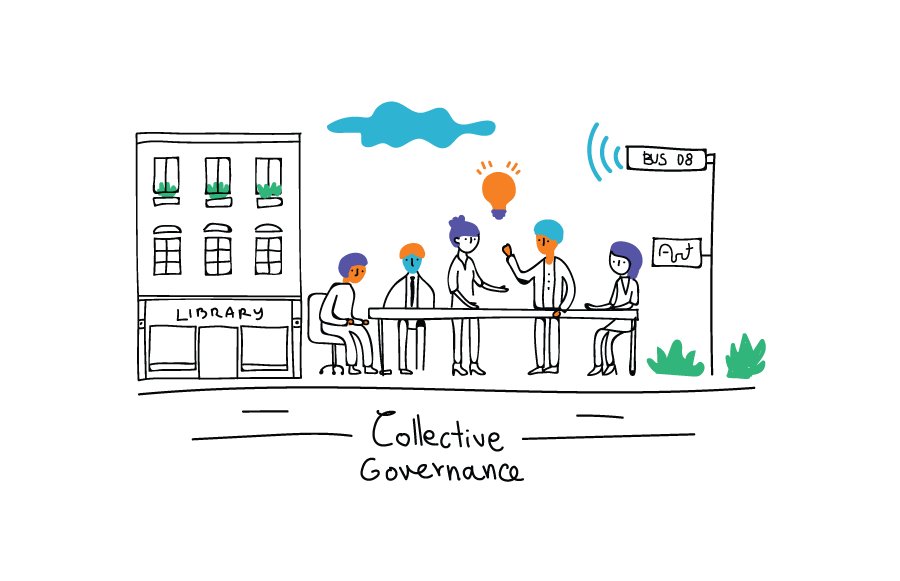
From Weak to Moderate
Co-Gov
Our ULG involved gradually the 4 categories of stakeholders, increasing efforts to take collective decisions (debates, feedbacks).
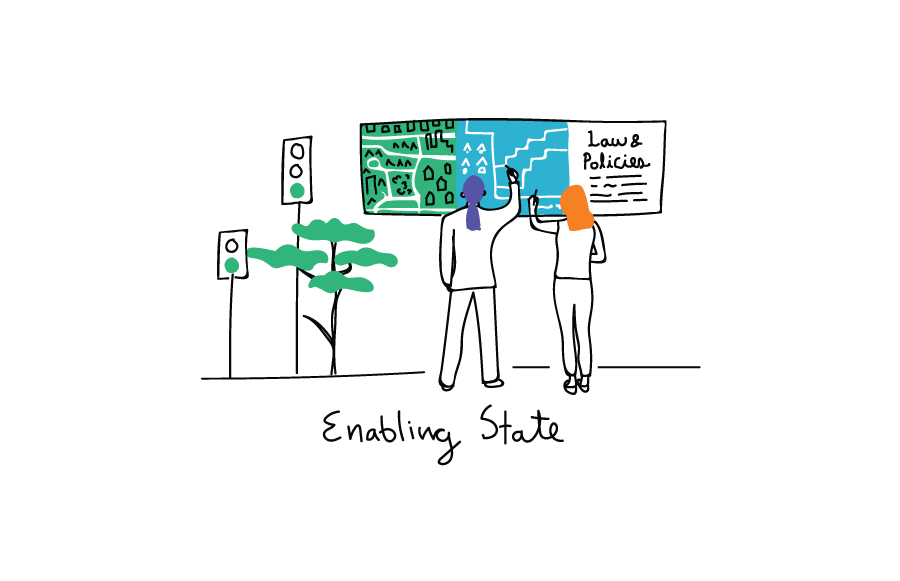
From Weak to Moderate
Enabling State
The local authority has coordinated the activities of the ULG, providing some resources (human resources, assets).
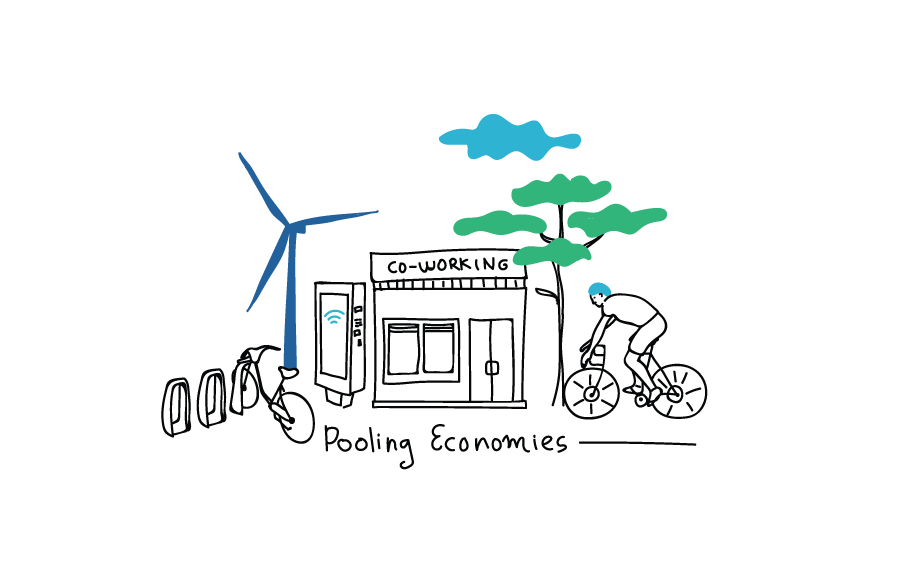
From Weak to Weak
Soc&econ Pooling
This indicator remains weak, the approach is based exclusively on public funds (there is no business model).
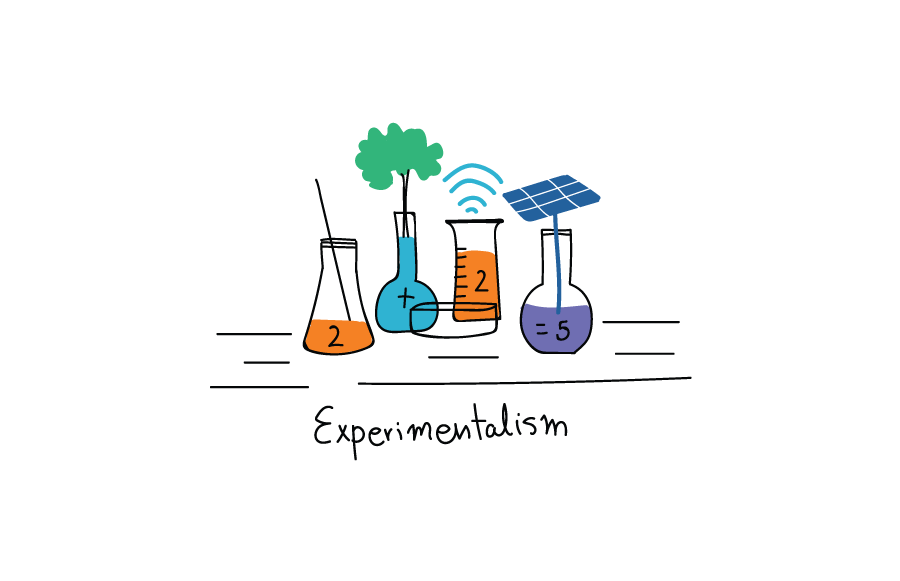
From Weak to Moderate
Experimentalism
The project is methodologically innovative, is inspired from experiences of other partners, the stakeholders have adapted to the local context some of the lessons learned.
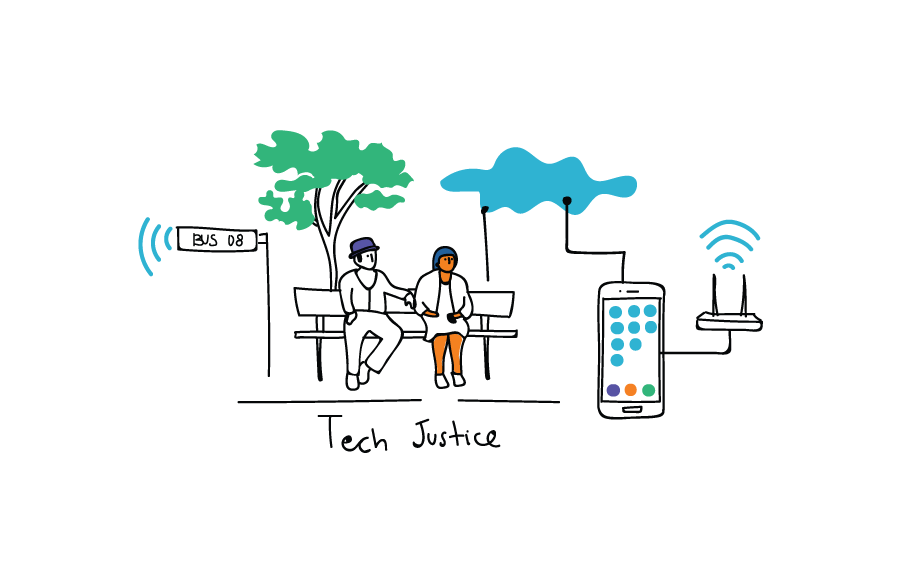
From Weak to Moderate
Tech Justice
This indicator evolved throughout the project period, with the use of technological and digital tools and with the latters being subject of debates within the ULG.

From Weak to Moderate
Co-Gov
Our ULG involved gradually the 4 categories of stakeholders, increasing efforts to take collective decisions (debates, feedbacks).

From Weak to Moderate
Enabling State
The local authority has coordinated the activities of the ULG, providing some resources (human resources, assets).

From Weak to Weak
Soc&econ Pooling
This indicator remains weak, the approach is based exclusively on public funds (there is no business model).

From Weak to Moderate
Experimentalism
The project is methodologically innovative, is inspired from experiences of other partners, the stakeholders have adapted to the local context some of the lessons learned.

From Weak to Moderate
Tech Justice
This indicator evolved throughout the project period, with the use of technological and digital tools and with the latters being subject of debates within the ULG.
Do you what to know more about Iași?
Read all the details of the journey with the city of Iași.
